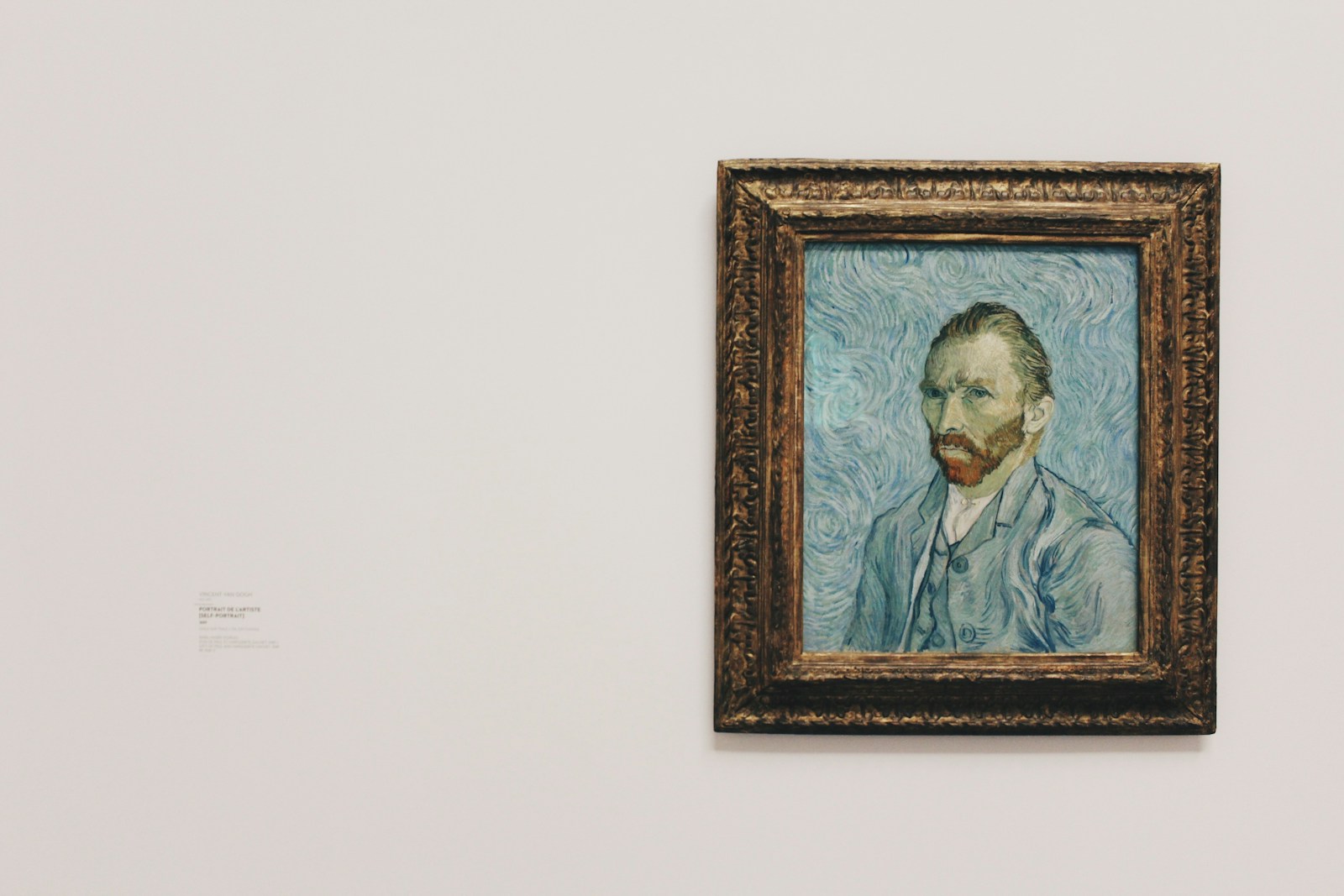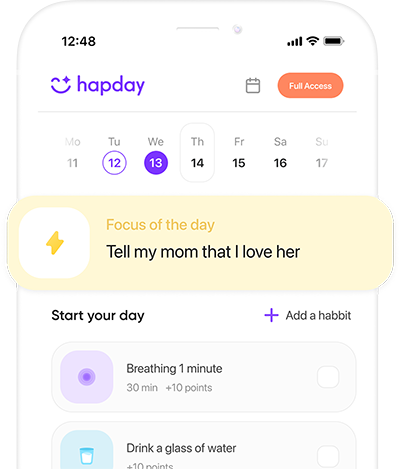Table of Contents
- Understanding Childhood Trauma
- Art Therapy: A Brief Overview
- The Science Behind Art Therapy
- Creative Approaches in Art Therapy for Trauma Healing
- The Role of the Art Therapist
- Impacts and Outcomes of Art Therapy
- Challenges and Considerations
- Conclusion
Understanding Childhood Trauma
Before we explore the healing potential of art, it’s crucial to grasp the nuances and impacts of childhood trauma. Traumatic events during formative years can derail developmental processes, possibly leading to anxiety, depression, and post-traumatic stress disorder (PTSD). As highlighted by the American Psychological Association, trauma affects brain development, emotional regulation, and the ability to form healthy relationships.
Traumatized children often face hurdles in trust, self-esteem, and emotional management. Although traditional therapies can be effective, they sometimes fall short in reaching the deep-rooted experiences that victims find hard to verbalize. This is where art therapy becomes invaluable, offering a non-verbal, creative escape for expression.
Art Therapy: A Brief Overview
Art therapy is a therapeutic method rooted in the belief that creative expression can aid healing and mental well-being. This practice combines the creative process with psychotherapy, allowing individuals to explore their emotions through art under the guidance of a trained therapist. The American Art Therapy Association notes that art therapy can help people of all ages improve cognitive and sensory-motor functions, boost self-esteem and self-awareness, and build emotional resilience.
The Science Behind Art Therapy
Research supports the effectiveness of art therapy in alleviating trauma symptoms. A study in the Journal of the American Art Therapy Association revealed that art therapy significantly reduced PTSD symptoms in children and adolescents. The dual-handed nature of creating art is believed to engage both brain hemispheres, enhancing neural connectivity and furthering healing.
Art therapy also engages the brain’s reward system. Creative activities prompt the release of dopamine, a neurotransmitter linked to pleasure and motivation. This response can neutralize the stress mechanisms triggered by trauma.
Creative Approaches in Art Therapy for Trauma Healing
1. Visual Arts
The visual arts, such as drawing, painting, and sculpture, are popular forms of art therapy. These mediums allow individuals to externalize their inner worlds, giving tangible form to abstract emotions. For trauma survivors, this can be especially empowering, providing a sense of control and the ability to shape their narratives.
Case Study: Painting as a Path to Healing
Consider a child who has witnessed domestic violence. Through painting, they express their emotions — a journey that might start with chaotic, dark strokes symbolizing confusion and fear. Gradually, as therapy unfolds, brighter colors and structured forms may emerge, reflecting an internal shift toward hope and stability.
2. Storytelling and Narrative Therapy
Narrative therapy through storytelling enables individuals to reshape their traumatic experiences. Creating stories allows them to distance themselves from trauma and view it as a chapter in their lives rather than their entire identity.
The Power of Personal Narratives
Storytelling helps children articulate their experiences and emotions, allowing them to envision alternate endings to their stories. This fosters a sense of agency and empowerment. A study in the Journal of Family Therapy found that narrative therapy helps trauma survivors develop a coherent self-concept, reducing anxiety and depression symptoms.
3. Music and Sound Therapy
Music therapy taps into music’s emotional and psychological impact to aid healing. Listening to or creating music can evoke deep emotional responses, offering a means to process feelings that are difficult to verbalize.
Rhythms of Healing
Music therapy can reduce stress, alleviate anxiety, and improve mood. A University of Alberta study indicated that children undergoing music therapy showed marked reductions in trauma symptoms compared to those who did not. Rhythms and melodies provide a safe structure for exploring and releasing emotions.
4. Movement and Dance Therapy
Dance and movement therapy uses physical movement to help individuals connect with their emotions. This form of therapy is particularly beneficial for those who find traditional verbal therapies challenging.
Reconnecting with the Body
Trauma often causes a disconnect between mind and body. Dance therapy encourages individuals to fully inhabit their bodies, reclaiming them as safe spaces. A study in The Arts in Psychotherapy found that dance therapy significantly reduces symptoms of dissociation, common in trauma responses.
5. Digital Art and Technology
With advancing technology, digital art emerges as a valuable tool in art therapy. Digital platforms offer unique expression opportunities, from animation to virtual reality experiences.
Virtual Reality as a Therapeutic Tool
Virtual reality (VR) is explored for trauma therapy, offering immersive environments to safely process traumatic memories. Research in Frontiers in Psychology suggests VR art therapy can reduce anxiety and enhance emotional regulation in trauma survivors.
The Role of the Art Therapist
The success of art therapy doesn’t rest solely on art but also on the therapeutic relationship and environment. Trained art therapists create a safe, supportive space for clients to explore their emotions without judgment. They guide individuals through the creative process, helping to interpret the symbolic meanings of their art, facilitating deeper understanding and healing.
Impacts and Outcomes of Art Therapy
Building Emotional Resilience
Art therapy empowers individuals to confront their emotions and experiences, fostering emotional resilience. By engaging creatively, trauma survivors develop coping strategies, increase self-awareness, and strengthen self-efficacy.
Enhancing Communication and Social Skills
For children, art therapy can improve communication and social skills. It provides a new language to express complex emotions and connect with others—especially beneficial for children struggling with verbal communication post-trauma.
Challenges and Considerations
Although art therapy offers profound benefits, it’s not without challenges. Its success depends on the individual’s willingness to engage and the therapist’s skill. Cultural differences may influence how art is perceived and used, requiring cultural sensitivity from therapists.
Moreover, some individuals may hesitate to try art therapy due to misconceptions about artistic skill. It’s vital to emphasize that art therapy is about expression and exploration, not creating ‘good’ art.
Conclusion
Art-guided healing is a powerful journey, enabling individuals to reclaim their narratives, rebuild identities, and cultivate hope. As research continues to affirm the efficacy of art therapy, it becomes clear that creative approaches can profoundly transform lives touched by childhood trauma.
Embracing diverse artistic modalities—from visual arts to digital innovations—art therapy offers a flexible, inclusive framework for healing. In an era increasingly attentive to mental health, integrating creative therapies into trauma recovery paves the way for more holistic, compassionate healing.
Art resonates where words sometimes fail, telling stories of pain and resilience, offering a canvas for individuals to paint their recovery paths. Through art’s transformative power, the shadows of childhood trauma can soften, revealing a landscape ripe with healing and hope.



This article beautifully captures the essence of how art can serve as a healing tool for those grappling with childhood trauma. It’s fascinating to see how various forms of creative expression can help individuals articulate their feelings and experiences. I’m particularly drawn to the concept of narrative therapy—it’s empowering to reshape one’s story!
While I appreciate the focus on art therapy, I wonder if it truly works for everyone. Some people might find it challenging to engage with creative processes, especially if they don’t consider themselves ‘artistic.’ It would be interesting to hear more about alternative methods for those who might struggle with traditional art therapy.
That’s a valid point! However, it’s important to remember that art therapy is about expression rather than skill. Even those who don’t identify as artists can still benefit from simply creating without judgment.
Exactly! Art isn’t just about being talented; it’s a way to explore emotions. But I do think expanding options beyond visual arts could cater better to different personalities.
I absolutely love how this article highlights the various modalities of art therapy! The mention of digital art and technology is particularly exciting—it’s amazing how modern tools can enhance therapeutic practices and make healing more accessible!
‘Dance therapy’ sounds intriguing! I’ve often felt that movement helps me process emotions better than words ever could. I’d love to know more about how it specifically aids in reconnecting with one’s body after trauma.
@DancingDreamer11, movement really does open up new pathways for emotional release! I’ve found that letting my body express what I’m feeling often leads to breakthroughs I never expected.
‘Storytelling’ as a method is brilliant! Reshaping traumatic experiences through personal narratives sounds like such a powerful way for individuals, especially children, to reclaim their identity and agency in their lives.
@NarrativeExplorer_55, absolutely! It’s so essential for kids to feel empowered in telling their stories rather than being defined by their trauma.